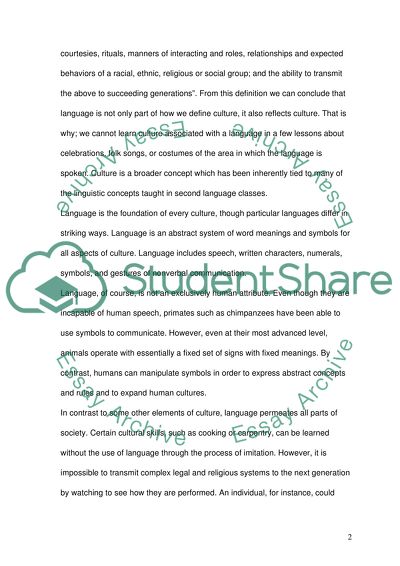Cite this document
(“The Importance of Culture in Language Teaching, and the Implications Essay”, n.d.)
The Importance of Culture in Language Teaching, and the Implications Essay. Retrieved from https://studentshare.org/miscellaneous/1525295-the-importance-of-culture-in-language-teaching-and-the-implications-for-the-role-of-the-teacher
The Importance of Culture in Language Teaching, and the Implications Essay. Retrieved from https://studentshare.org/miscellaneous/1525295-the-importance-of-culture-in-language-teaching-and-the-implications-for-the-role-of-the-teacher
(The Importance of Culture in Language Teaching, and the Implications Essay)
The Importance of Culture in Language Teaching, and the Implications Essay. https://studentshare.org/miscellaneous/1525295-the-importance-of-culture-in-language-teaching-and-the-implications-for-the-role-of-the-teacher.
The Importance of Culture in Language Teaching, and the Implications Essay. https://studentshare.org/miscellaneous/1525295-the-importance-of-culture-in-language-teaching-and-the-implications-for-the-role-of-the-teacher.
“The Importance of Culture in Language Teaching, and the Implications Essay”, n.d. https://studentshare.org/miscellaneous/1525295-the-importance-of-culture-in-language-teaching-and-the-implications-for-the-role-of-the-teacher.


